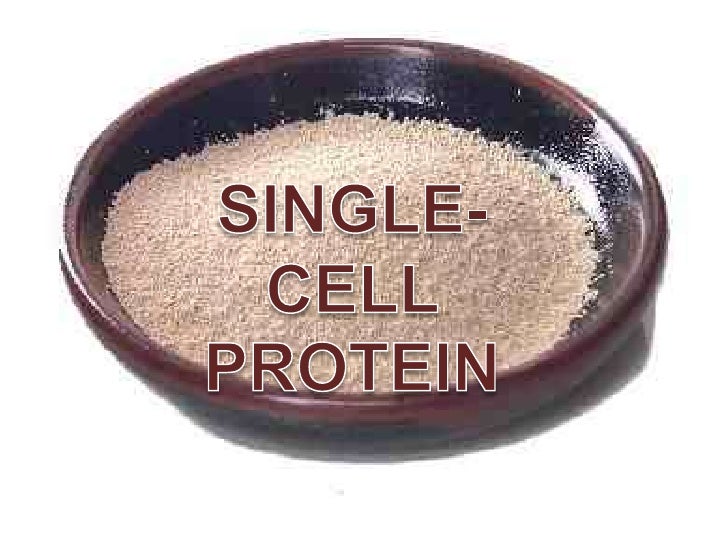Some micro-organisms can be used as a food!!
 Bacteria, Yeasts, and Algae, which are produced in massive quantities in industries, are attractive sources of food for animals as well as humans. These micro-organisms can be cultivated on industrial wastes or by-products as nutrients and yield a large cell crop that is rich in protein called SINGLE CELL PROTEIN.
Bacteria, Yeasts, and Algae, which are produced in massive quantities in industries, are attractive sources of food for animals as well as humans. These micro-organisms can be cultivated on industrial wastes or by-products as nutrients and yield a large cell crop that is rich in protein called SINGLE CELL PROTEIN.
Bacterial cells that are grown on hydrocarbon wastes from the petroleum industry are a source of protein in France, Japan, Taiwan, and India.
Yeast cell crops harvested from the vats are used to produce alcoholic beverages which have been used as a food supplement for generations. The attractiveness of single cell protein as a food supplement is apparent from the following characteristics :-
 Bacteria, Yeasts, and Algae, which are produced in massive quantities in industries, are attractive sources of food for animals as well as humans. These micro-organisms can be cultivated on industrial wastes or by-products as nutrients and yield a large cell crop that is rich in protein called SINGLE CELL PROTEIN.
Bacteria, Yeasts, and Algae, which are produced in massive quantities in industries, are attractive sources of food for animals as well as humans. These micro-organisms can be cultivated on industrial wastes or by-products as nutrients and yield a large cell crop that is rich in protein called SINGLE CELL PROTEIN.Bacterial cells that are grown on hydrocarbon wastes from the petroleum industry are a source of protein in France, Japan, Taiwan, and India.
Yeast cell crops harvested from the vats are used to produce alcoholic beverages which have been used as a food supplement for generations. The attractiveness of single cell protein as a food supplement is apparent from the following characteristics :-
- Micro-organisms grow very rapidly and produce a high yield. It has been calculated that one can obtain a gain of 1 lb of protein in 1 day's growth from a 1000 lb steer, 1000 lb of yeast would produce several tons of protein in one day. Algae grown in ponds can produce 20 tons of protein per acre per year. This yield is 10 - 15 times higher than soybeans and 25 - 50 times higher than corn.
- The protein content of the microbial cells is very high. Dried cells of Pseudomonas ssp. grown on petroleum products have 69% protein, yeast cells have a protein content in a 40% - 50% range, for algae, the range is from 20% - 40%.
- The proteins of selected micro-organisms contains all the essential amino acids.
- Some micro-organisms, particularly yeasts, have a high vitamin content.
- The medium for growth of micro-organisms may contain industrial wastes or by-products, e.g., liquid paraffins from oil refineries, spent sulphite liquors from the pulp and paper industries, beet molasses, and wood hydrolysates.
The growth medium consists of hydrocarbons supplemented with mineral salts. The cell crop is harvested by centrifugation, dried, and used as animal feed.
Despite the very attractive features of single cell protein as a nutrient for humans there are problems which deter its adoption on a global basis. For example, individual tastes and customs make micro-organisms unattractive as a food substance to many persons. More specifically, the high nucleic acid content of microbial cells can cause intestinal disturbances.

No comments:
Post a Comment